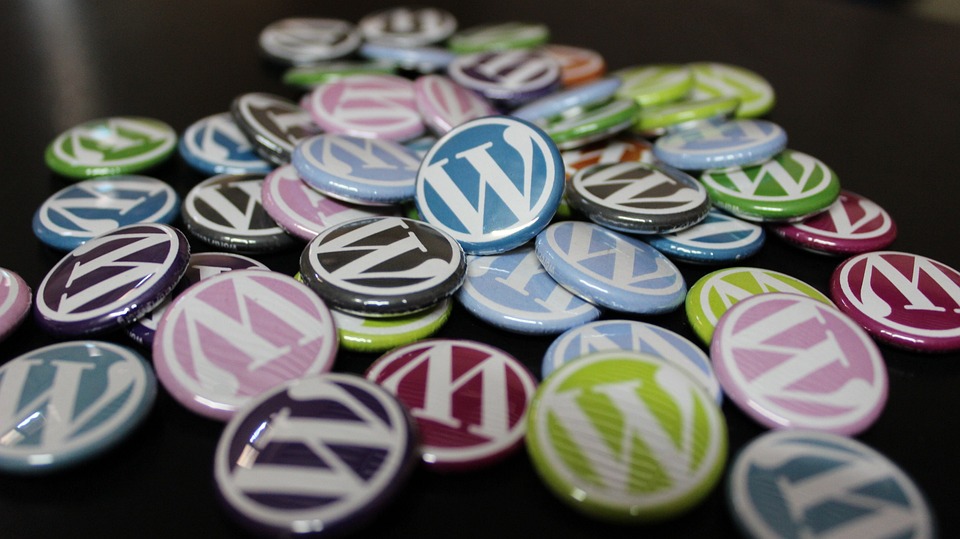In an era where digital presence is paramount for businesses and individuals alike, ensuring that your website is secure is more crucial than ever. With WordPress powering over 40% of the web, it has become a prime target for cybercriminals. However, with the right strategies and tools, WordPress security can be effective and manageable. In this guide, we will explore essential practices to help you protect your WordPress site in 2023.
1. Understand the Importance of WordPress Security
Security breaches not only jeopardize your data but can also tarnish your brand reputation. They can lead to loss of customer trust, expensive repairs, and even legal ramifications. By prioritizing security, you protect not only your site but also your visitors.
2. Keep Your WordPress Core, Themes, and Plugins Updated
One of the most essential aspects of maintaining WordPress security is keeping your platform and its components up to date. Both WordPress core and third-party themes and plugins frequently release updates that patch known vulnerabilities.
Action Steps:
- Enable automatic updates for WordPress core.
- Regularly check for updates for your themes and plugins.
- Remove any unused themes and plugins to minimize security risks.
3. Choose Strong Passwords and User Permissions
Strong passwords are your first line of defense. Likewise, managing user permissions is equally important. Limit administrative access to only those who need it.
Action Steps:
- Use a password manager to generate and store complex passwords.
- Implement two-factor authentication (2FA) for added security.
- Audit user roles and permissions regularly.
4. Employ Security Plugins
A robust security plugin can provide an additional layer of protection by scanning for vulnerabilities, blocking malicious traffic, and enforcing strong passwords. Popular options include Wordfence, Sucuri Security, and iThemes Security.
Action Steps:
- Research and choose a reputable security plugin that meets your needs.
- Configure the plugin settings to enhance your site’s security.
5. Use HTTPS
Enabling HTTPS is no longer just a nice-to-have; it’s essential for the security of your site. HTTPS encrypts data between the user’s browser and your server, protecting sensitive information from interception.
Action Steps:
- Purchase an SSL certificate from your hosting provider or a trusted vendor.
- Install and configure the SSL certificate, and update your website URLs to use HTTPS.
6. Back Up Your Site Regularly
Data loss can happen due to various reasons, including hacks, server crashes, or user errors. Regular backups are crucial for swift recovery.
Action Steps:
- Use plugins like UpdraftPlus or BackupBuddy for automated backups.
- Store backups in multiple locations, such as cloud storage and local drives.
7. Implement a Web Application Firewall (WAF)
A Web Application Firewall acts as a barrier between your site and potential threats, filtering malicious traffic and blocking harmful requests before they reach your server.
Action Steps:
- Research and choose a reliable WAF service (e.g., Cloudflare, Sucuri).
- Configure it to protect your site against specific threats.
8. Set Up Security Headers
Security headers can help protect your site from various vulnerabilities like Cross-Site Scripting (XSS) and clickjacking. Adding appropriate headers can significantly enhance your website’s security.
Action Steps:
- Use a tool like SecurityHeaders.com to analyze your current headers.
- Implement headers like Content Security Policy (CSP), X-Content-Type-Options, and X-Frame-Options.
9. Monitor Your Site Activity
Monitoring your site’s activity can help you detect suspicious behavior early. Most security plugins provide logs of user activity, including login attempts and file changes.
Action Steps:
- Regularly review logs for unusual activity.
- Configure real-time alerts for critical actions, such as new user registrations or failed logins.
10. Educate Yourself and Your Team
Cybersecurity is ever-evolving, and staying informed is crucial. Conduct regular training sessions for your team, covering phishing attacks, social engineering, and the importance of security best practices.
Action Steps:
- Share resources, articles, and training programs on cybersecurity.
- Encourage a culture of security awareness.
Conclusion
Securing your WordPress site requires a proactive approach and a commitment to best practices. By implementing the strategies outlined in this ultimate guide, you can significantly reduce the risk of security breaches, ensuring that your website remains a safe and trustworthy space for your visitors. Remember that security is an ongoing concern; staying vigilant and adaptable to new threats is key to long-term protection. In 2023, let your WordPress site shine not just for its content but also for its robust security.
Contact Us






